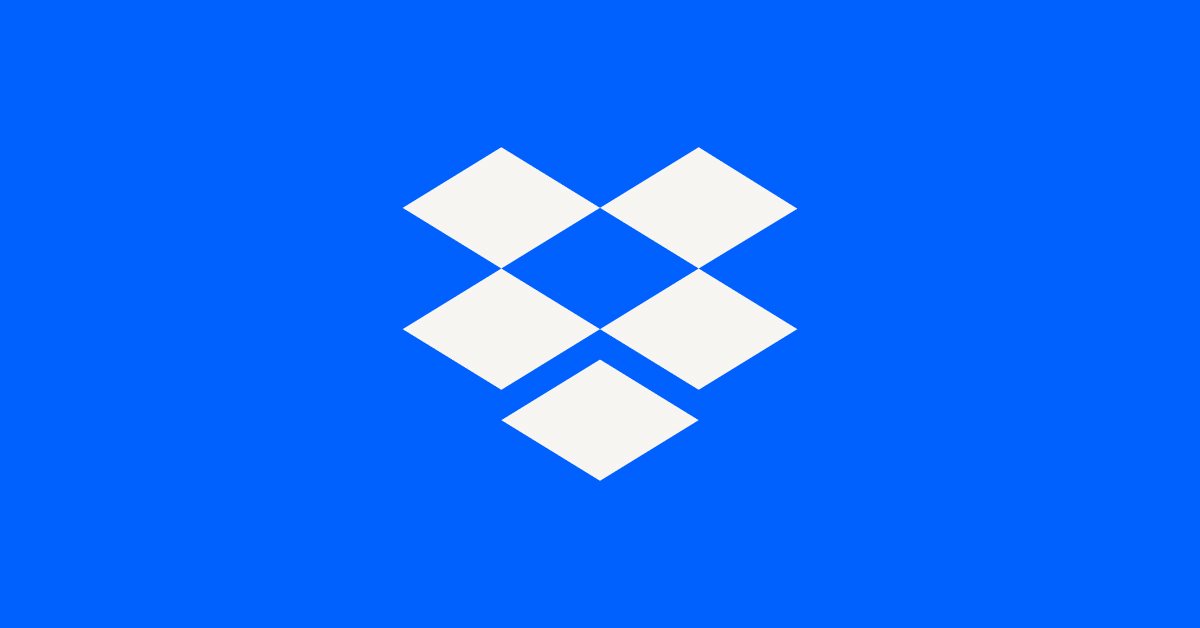Dropbox API Support & Feedback
Find help with the Dropbox API from other developers.
- Dropbox Community
- :
- Do More with Dropbox
- :
- Developers & API
- :
- API Support & Feedback
- :
- Dropbox API Support & Feedback
- :
- Re: Eror 409 Conflict on auth request on Java code
- Subscribe to RSS Feed
- Mark Topic as New
- Mark Topic as Read
- Float this Topic for Current User
- Bookmark
- Subscribe
- Mute
- Printer Friendly Page
Re: Eror 409 Conflict on auth request on Java code
- Labels:
-
APIs
Eror 409 Conflict on auth request on Java code
- Mark as New
- Bookmark
- Subscribe
- Mute
- Subscribe to RSS Feed
- Permalink
- Report Inappropriate Content
Hello i have such problem with request for getting OAuth 2.0 token with part of documentation"token from oauth 1.0
Have some code with request
curl -X POST https://api.dropboxapi.com/2/auth/token/from_oauth1 \
--header "Authorization: Basic <my basic token>" \
--header "Content-Type: application/json" \
--data "{\"oauth1_token\": \"<my token>\",\"oauth1_token_secret\": \"<my token secret\"}"And Java request as
"{\"oauth1_token\": \""+app_token+"\",\"oauth1_token_secret\": \""+token_secret+"\"}";
where app_token and token_secret is Static Strings with app token and token secret.
And have eror 409 Conflict
I look my code for spaces on token or secret or request but dont see it.
- Labels:
-
APIs
- 0 Likes
- 5 Replies
- 1,248 Views
- oleg22
- /t5/Dropbox-API-Support-Feedback/Eror-409-Conflict-on-auth-request-on-Java-code/td-p/385794
- Mark as New
- Bookmark
- Subscribe
- Mute
- Subscribe to RSS Feed
- Permalink
- Report Inappropriate Content
I see you're trying to call the /2/auth/token/from_oauth1 endpoint. This endpoint is only meant for use if you already have pre-existing OAuth 1 access tokens.
OAuth 1 access tokens were a feature of an old version of the Dropbox API, API v1. If you're just starting now, you wouldn't have any, and should just use OAuth 2 with API v2. Are you just developing your app now, or are you migrating from API v1?
If you don't have pre-existing OAuth 1 access tokens, you should send the user through the normal OAuth 2 app authorization flow. You can find information on how that works in the OAuth guide here:
https://www.dropbox.com/developers/reference/oauth-guide
The documentation for the OAuth 2 app authorization flow can be found here:
https://www.dropbox.com/developers/documentation/http/documentation#authorization
- Mark as New
- Bookmark
- Subscribe
- Mute
- Subscribe to RSS Feed
- Permalink
- Report Inappropriate Content
I need getting acces token at my java code and put it to create folder request.
If i put OAuth2 token static in code it works, but my task is getting this token by another request.
I see it at guide by link:https://www.dropbox.com/developers/documentation/http/documentation#auth-token-from_oauth1
- Mark as New
- Bookmark
- Subscribe
- Mute
- Subscribe to RSS Feed
- Permalink
- Report Inappropriate Content
To retrieve an OAuth 2 access token for the user, you should use the Dropbox OAuth 2 app authorization flow. You can find more information on that in the documentation.
By the way, we do offer an official Dropbox API v2 Java SDK. We recommend using that if possible. It implements most of the authorization flow for you, such as seen here in this example web app.
- Mark as New
- Bookmark
- Subscribe
- Mute
- Subscribe to RSS Feed
- Permalink
- Report Inappropriate Content
Weare i can get some data as
"account_id": "dbid:AAH4f99T0taONIb-OurWxbNQ6ywGRopQngc", "uid": "12345"
i send request in java code
{\"access_token\": \"xxxxxxxxxxxx\", \"token_type\": \"bearer\"}
and get a
HttpResponseProxy{HTTP/1.1 400 Bad Request [Server: nginx, Date: Mon, 23 Dec 2019 22:13:46 GMT, Content-Type: application/json, Transfer-Encoding: chunked, Connection: keep-alive, Content-Security-Policy: sandbox; frame-ancestors 'none', X-Dropbox-Request-Id: 6a18347a584a219d1e1d092b6eefb883, X-Frame-Options: DENY, X-Content-Type-Options: nosniff, Content-Disposition: attachment; filename='error'] ResponseEntityProxy{[Content-Type: application/json,Chunked: true]}}
I need to use only HTTP request's without java dropbox API 🙂
- Mark as New
- Bookmark
- Subscribe
- Mute
- Subscribe to RSS Feed
- Permalink
- Report Inappropriate Content
These 'account_id', 'uid', 'access_token', and 'token_type' values are returned by the Dropbox /oauth2/token endpoint.
You would call the the Dropbox /oauth2/token endpoint if you're using the Dropbox OAuth 2 "code" flow. You can find information on what your request should look like in the documentation for the Dropbox /oauth2/token endpoint.
In any case, make sure you print out the response body for a more specific error message when you get an error like that.
You can see a live demo of the OAuth app authorization flow in this sample app which runs this code.
Hi there!
If you need more help you can view your support options (expected response time for a ticket is 24 hours), or contact us on X or Facebook.
For more info on available support options for your Dropbox plan, see this article.
If you found the answer to your question in this Community thread, please 'like' the post to say thanks and to let us know it was useful!
